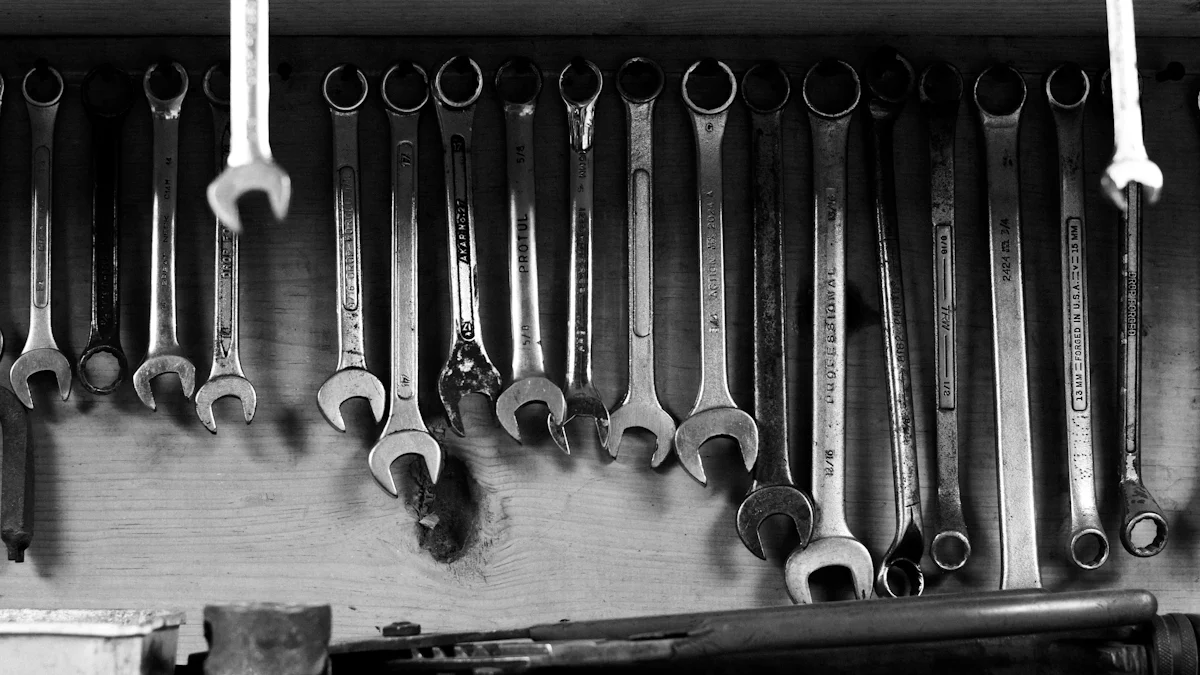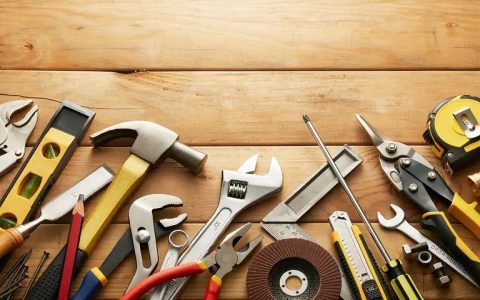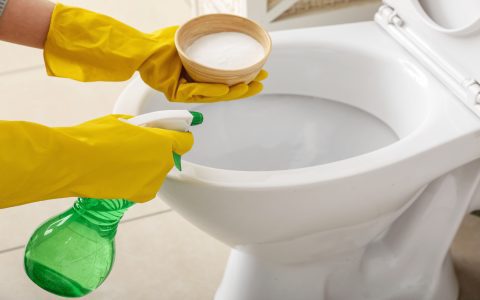Wrenches are fundamental hand tools designed to provide grip and mechanical advantage in applying torque to turn objects—usually rotary fasteners, such as nuts and bolts—or keep them from turning.
Common Types of Wrenches and Their Applications
Understanding the different types of wrenches and their specific uses is crucial for effective and safe operation.
- Open-End Wrench: Features U-shaped openings on one or both ends, designed to fit two opposite faces of a square or hexagonal nut or bolt head. They are useful in tight spaces where a box-end wrench cannot reach.
- Box-End Wrench (Ring Spanner): Has a closed loop (ring) at one or both ends, designed to surround and grip all faces of a hexagonal or square nut/bolt head. This provides a more secure grip and reduces the risk of rounding off fasteners. Often has 6 or 12 points inside the ring.
- Combination Wrench: A versatile tool with an open-end on one side and a box-end of the same size on the other. This combines the accessibility of an open-end wrench with the secure grip of a box-end wrench.
- Adjustable Wrench (Crescent Wrench): Features one fixed jaw and one movable jaw, allowing it to be used on various sizes of fastener heads. While convenient, they may not offer as secure a grip as fixed-size wrenches and can be more prone to slipping if not properly adjusted.
- Socket Wrench: Consists of a handle (often a ratchet mechanism) and a set of interchangeable sockets of various sizes. Sockets completely enclose the fastener head, providing excellent grip. Ratcheting handles allow for continuous turning without removing the wrench from the fastener.
- Allen Wrench (Hex Key): An L-shaped or T-handled tool with a hexagonal cross-section, used to drive bolts and screws with a hexagonal socket in the head.
- Pipe Wrench: A heavy-duty adjustable wrench with serrated jaws designed to grip round objects like pipes. The jaws are designed to tighten their grip as more pressure is applied.
- Torque Wrench: A specialized wrench used to apply a specific, pre-set amount of torque to a fastener. Essential for applications where precise tightening is critical to prevent over-tightening or under-tightening.
Key Considerations for Wrenches
When selecting and using wrenches, consider the following:

- Material and Durability: Most quality wrenches are made from chrome vanadium steel, known for its strength and resistance to wear and corrosion.
- Proper Fit: Always use the correct size wrench for the fastener. A loose fit can damage the fastener head and the wrench, and also poses a safety risk.
- Leverage: Apply force by pulling the wrench towards you rather than pushing, if possible, for better control and safety. Never use a "cheater bar" or extension on a wrench not designed for it, as this can overstress the tool.
- Direction of Turn: Remember the "righty-tighty, lefty-loosy" rule for most threaded fasteners.
- Maintenance: Keep wrenches clean and dry to prevent rust. Inspect them regularly for wear or damage.
Proper wrench selection and usage are paramount for efficient work, preventing damage to fasteners and equipment, and ensuring user safety. Each type of wrench is engineered for specific tasks, and using the right tool for the job significantly improves outcomes.









